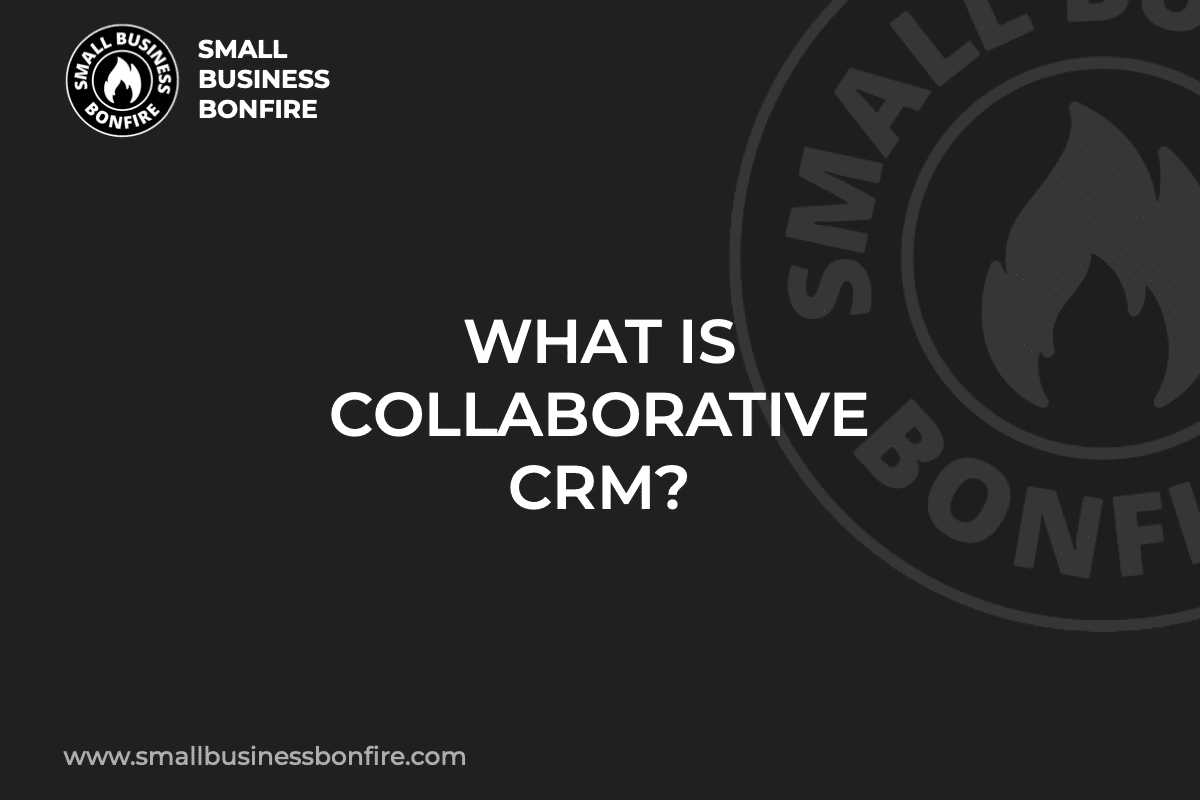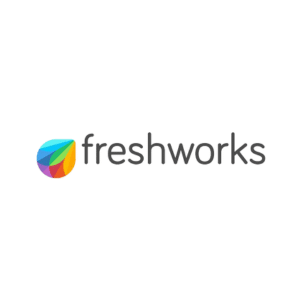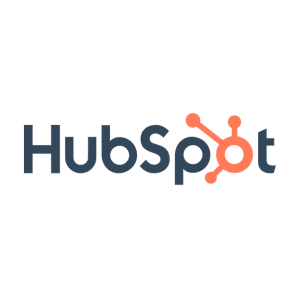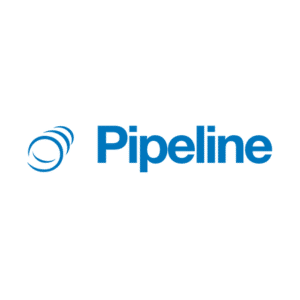Collaborative CRMs are the lifeblood of modern organizations that thrive on teamwork.
However, choosing the wrong collaborative CRM can be a frustrating mistake. Not only will it waste your time and resources, but it can also hinder your team’s productivity and effectiveness.
Hi! I’m AJ. I spent the last decade building a successful business and recently sold it for multiple seven figures.
I have built Small Business Bonfire (SBB) to help fellow small business owners and entrepreneurs grow their businesses.
While growing my business, I used some of the best CRM for small businesses. I found some awesome collaborative CRMs I want to share with the SBB community!
Let’s dive a little deeper into what collaborative CRM is!
Key Takeaways
- Collaborative CRM enables teams to share client data easily.
- Collaborative CRM can enhance technical support.
- This software is perfect for businesses with multiple teams.
- Collaborative CRMs can improve internal communication channel interaction.
Related Reading: CRM for Small Businesses
SBB Featured Partners
Types of CRM (Customer Relationship Management): Overview
When it comes to CRM, companies can consider a few different types.
Each one is unique and provides different advantages depending on the objectives and goals of a business.
Let’s review the most popular types of CRM I discovered at my agency!
Collaborative CRM
A collaborative customer relationship management system enables different departments to work together and share customer information.
These CRM systems are the secret weapons of successful sales teams that value communication, cooperation, and collaboration in their day-to-day activities.
This CRM type is great for companies with multiple teams or locations that need to coordinate efforts across different departments.
Operational CRM
Operational CRM focuses on automating and streamlining customer-facing business processes, such as sales, marketing, and customer service operations, to improve customer retention rates, increase efficiency, and reduce costs.
One of its most important benefits is the ability to provide a personalized customer experience through targeted sales marketing campaigns and customized communication.
With this CRM, businesses can manage their leads, track customer interactions, and gain a 360-degree view of their customers.
Analytical CRM
The main goal of an analytical CRM is to analyze customer data to gain insights into customer behaviors and preferences.
These systems are designed to help businesses make better-informed decisions, whether that’s identifying high-value customers, predicting future sales, or spotting areas of the company that need improvement.
Businesses can improve their client relationships, increase customer interaction, and maximize profitability by using this CRM type.
What Is Collaborative CRM?
As previously mentioned, collaborative CRM involves various technologies and techniques, facilitating communication and online collaboration among different departments and individuals within an organization.
It aims to provide a holistic view of the customer and streamline the customer experience across all touchpoints.
A Collaborative CRM also helps businesses break down internal silos and improve cross-functional cooperation, leading to better customer engagement.
By sharing data analytics and customer insights across different teams, departments, and channels, organizations can better understand customer preferences and needs to provide more personalized and effective services.
Features of a Collaborative CRM
While using collaborative CRMs at my agency, I found that there are many key features that these systems provide to help businesses better manage their customer relationships with new and existing clients.
Some of these key features include the following:
- Interaction management
- Channel management
- Document management
Let’s take a closer look at these main features!
Interaction Management
Interaction management is a crucial aspect of collaborative CRM.
It involves managing the communication and engagement between each customer interaction with a business within the interaction channel process.
Whether it’s a phone call, email, chat, or social media message, all customer interaction data can be logged and viewed by the entire team.
This means that everyone is on the same page regarding the status of a customer and any ongoing issues.
Channel Management
Channel management refers to managing different communication channels businesses use to communicate with their customers.
The main objective of this feature is to ensure that all your communication channels are optimized for maximum engagement and customer satisfaction.
This involves analyzing customer behavior, preferences, and feedback to determine which channels are most effective for particular demographics.
With effective channel management, companies can improve customer loyalty and ultimately enhance their bottom line.
Document Management
Document management is essential for teams who must share and work on important files for enhanced company-wide communication.
It is the process of organizing, storing, and sharing documents and other relevant information like invoices, proposals, contracts, and reports across various departments and teams within an organization.
With Collaborative CRM, users can upload files, comment on them, and make changes in real time, all in one centralized location, no matter where each team member is located.
This not only saves time but also reduces errors and increases productivity.
What are the Benefits of a Collaborative CRM?
There are many advantages of collaborative CRM that small businesses can benefit from.
It is a valuable tool for business owners looking to improve customer satisfaction and loyalty, sales pipeline, and internal communication channel.
Below are some of the main benefits that I have experienced when using a Collaborative CRM!
Better Customer Service
One of the most significant advantages of collaborative CRM systems is that it promotes better customer support processes, which is crucial for every organization.
It helps any customer service team work more closely with existing customers, providing personalized customer services and support.
This system can also help streamline sales processes and make it easier for teams to close more deals.
Better Client Communication
Another major benefit of collaborative CRM is improved client communication.
Businesses can contact customers more effectively by having everyone on the same page regarding customer information.
This can help improve overall interactions as customers feel they are being listened to and taken seriously.
Better Customer Data
Collaborative CRM systems can also help businesses manage customer data more effectively.
By having all customer-related data in one centralized platform, teams can track and analyze customer behavior to make better decisions for the business.
This is particularly useful for marketing campaigns as it allows you to target specific audiences more precisely.
Increased Team Productivity
When a business’s technical support team uses this CRM type, team productivity can increase.
This is because collaborative CRM systems allow users to access customer records and other important information swiftly and easily, saving time.
It’s a great advantage for teams who must complete tasks efficiently to increase sales productivity and maximize profitability.
Increased Customer Satisfaction
Collaborative CRM systems can also increase customer satisfaction and loyalty.
This is because customers feel more appreciated and taken care of when their concerns are addressed quickly and effectively.
In essence, it can lead to happier customers who trust the brand and are more likely to remain loyal.
Multi-Channel Interactions
Additionally, collaborative CRM systems enable multi-channel interaction within a business.
This means that customers can contact the company through emails, phone calls, live chats, and more.
By having multi-channel interactions available for customers, customer service teams can provide a better customer experience.
Better Client Retention
Finally, a collaborative CRM can help businesses increase their customer retention rate.
This is because customers have a better overall experience when they can connect with the company quickly and easily.
With improved customer relations, companies can maximize their profits by having existing clients stick around for longer periods.
How Does a Collaborative CRM System Work?
A collaborative CRM system works by providing users with an accessible platform that includes customer data, analytics, and other resources.
This centralizes all customer-related information in one place, allowing teams to collaborate more efficiently.
With collaborative CRM, businesses can effortlessly track customer activities and manage tasks better.
It uses powerful analytics to identify patterns and trends in customer behavior, helping teams make more informed decisions regarding business goals.
This information can then be used to adjust strategies and tactics for better sales performance.
Collaborative CRM vs. Analytical CRM
Unlike collaborative CRM, an analytical CRM is used to track customer purchase histories, identify patterns in customer behavior, and even provide personalized recommendations to customers based on their past purchases and interests.
These systems rely heavily on data analysis and complex algorithms, and they are used to gain insights into customer activities.
Collaborative CRM vs. Operational CRM
While a collaborative CRM focuses on improving team communication, an operational CRM is a system that helps businesses manage customer interactions such as emails, phone calls, and live chats.
These systems help teams streamline operations by automating processes and providing customers with quick access to information.
Operational CRMs are great for small businesses looking to reduce manual labor and improve customer service.
How to Choose a Collaborative CRM
When choosing a collaborative customer relationship management platform, you should consider a few things before making a decision for your business.
Decide on the Features You Need
The first step is to decide on the features you need for your business.
Do you want a system that can manage client interactions, track purchase histories, or customize recommendations?
Whatever your needs may be, it’s important to make a list of the must-have features and prioritize them.
This will help you narrow down your options and ensure that you choose a CRM that aligns with your company’s specific needs.
Understand the Limitations of Your Team
It’s also important to understand your team’s limitations and ensure that the CRM you choose can accommodate them.
Consider factors such as budget, size, and skillset when deciding. Some systems are more complex than others and may require more resources for proper implementation.
Knowing what your team is capable of will ensure that you don’t choose a system that is too complicated or time-consuming.
Test the Collaborative CRM before You Buy
Be sure to test the collaborative CRM before you commit to buying it.
Many providers offer trial periods and free demos so that you can get a feel for the system before making a final decision.
Take advantage of this opportunity and test out different features to see if they are a good fit for your business.
Collaborative CRM Examples
If you are looking for a collaborative CRM with specific capabilities, let’s talk about some examples I have had experience with throughout the years.
Interaction Management Example
One of the best examples of interaction management is Pipedrive.
This platform is specifically designed for sales teams and makes it easy to manage leads and deals in a collaborative and streamlined way.
With Pipedrive, you can easily track your sales process, set reminders to follow up with leads and monitor the progress of each deal in real time.
Channel Management Example
Monday.com is a perfect example of channel management.
This collaborative CRM platform provides an easy and intuitive way to manage all aspects of customer interactions across various channels.
With Monday.com, you can set up automated workflows and track performance metrics to optimize engagement and boost customer satisfaction and loyalty.
Document Management Example
When it comes to an example of document management, HubSpot is one platform that instantly comes to mind.
With it, businesses can easily store, manage, and share important documents across their teams without complicated file-sharing protocols or email chains.
The platform also allows for easy tracking of document views and downloads, making it simple to measure engagement and understand which documents resonate with customers.
Collaborative CRM Software
There are many collaborative CRM vendors available on the market today.
Some of the most popular options include:
- Copper CRM
- Monday.com
Let’s go over each CRM!
FYI — consider reading our review of the best CRM software if you don’t think the following options are for you!
Copper CRM
Next, let’s talk about Copper CRM!
What Is Copper CRM?
Formerly known as ProsperWorks, Copper CRM is a cloud-based collaborative CRM platform designed for businesses of all sizes.
It has a clean and intuitive interface that’s easy to navigate, making it perfect for small businesses or teams that don’t have a dedicated IT department.
One of the best things about Copper is its easy integration with Google Workspace, which gives users access to their already existing Gmail, Google Calendar, and Google Drive accounts.
Want to find out more about Copper CRM? Read our full Copper CRM Review!
Copper Pricing
If you’re looking for a CRM that won’t break the bank, Copper CRM might be the one for you!
Copper CRM offers competitive pricing plans that cater to different business needs. Its Basic plan starts at $23 a month per user and provides a free trial for each plan.
Copper Pros and Cons
Below are some of the main pros and cons of Copper CRM.
Copper CRM Pros
- Mobile app available
- User-friendly interface
- Third-party integration
Copper CRM Cons
- Limited customization
- Lack of automation features
Monday.com
Lastly, let’s go over Monday.com!
What Is Monday.com?
Monday.com is a collaborative CRM software that aims to make managing and tracking customer relationships seamless and intuitive.
With a sleek and user-friendly interface, it allows teams to collaborate and share information in real time, making it easier to stay on top of tasks and ensure that nothing falls through the cracks.
To find out more about this platform, read our comprehensive Monday Review!
Monday.com Pricing
Monday.com has flexible pricing plans for every type of business.
It offers a free plan and a 14-day free trial.
However, its Basic plan begins at $8 a month for at least three seats, making it one of the most scalable CRM options out there!
Monday.com Pros and Cons
These are some of the main benefits and disadvantages of Monday.com.
Monday.com CRM Pros
- Free forever plan
- 14-free trial available
- Built-in time tracking
Monday.com CRM Cons
- Slow customer support
- Limited feature options for low-tiered plans
Closing Thoughts
A collaborative CRM is an excellent tool that enhances the communication and productivity of your team.
This system ensures that everyone on your team can access the same information and that any changes are easily tracked and shared.
Moreover, it streamlines your workflow and allows you to work more efficiently, leading to better results.
By choosing a reputable CRM solution tailored to your business needs, you can expect considerable improvement in your overall customer experience.
Are you a small business owner looking to increase internal communication?
Do you have any questions about what is collaborative CRM or how to use it? Let us know in the comment section below!
Newsletter Signup
Join The Leads Field Guide Newsletter for tips, strategies and (free) resources for growing your leads, and closing more deals.




